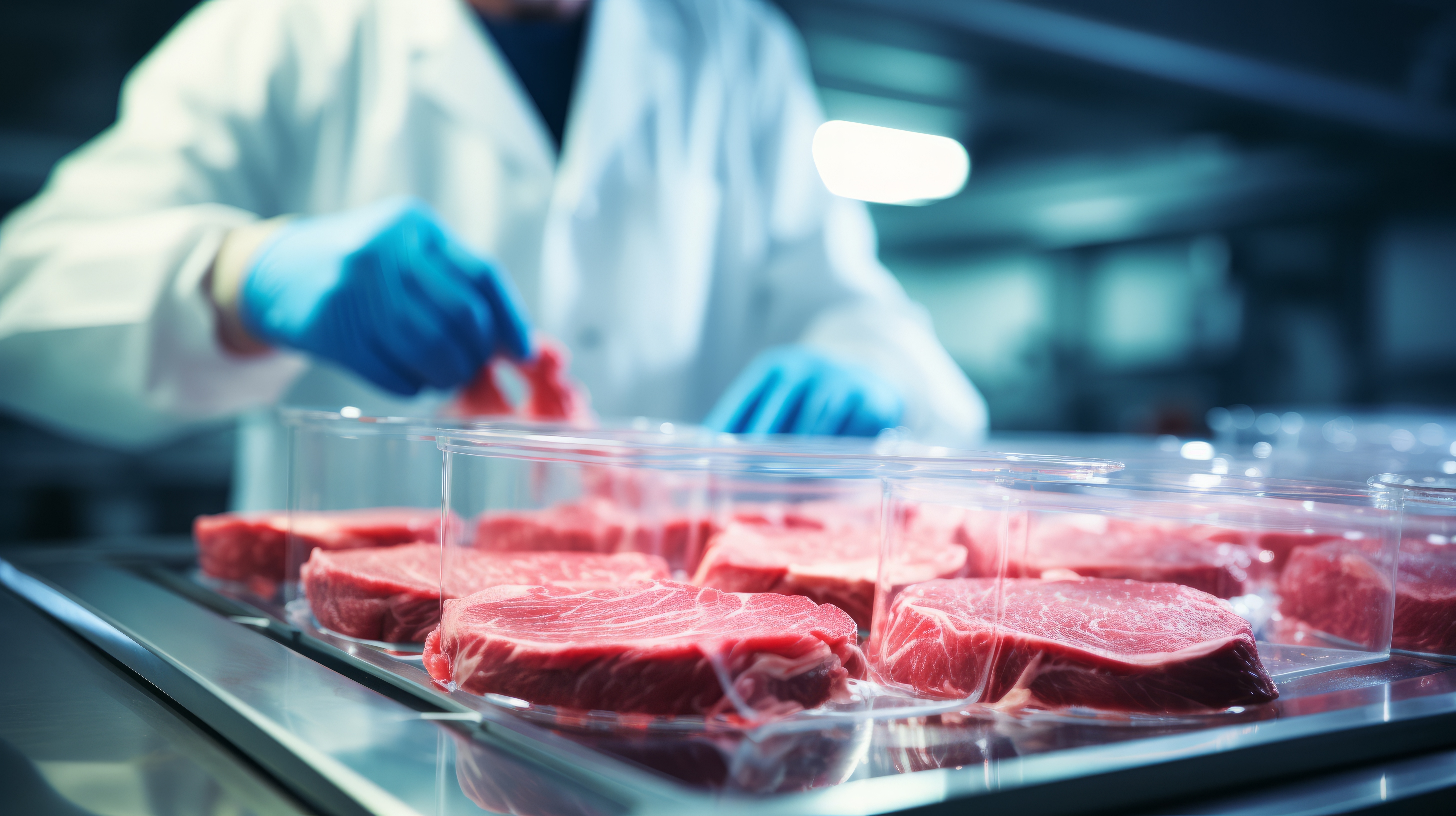
Anis Farhana Amran
Research Associate
Anis is a Research Associate at PNBRI. Her research interests lie in education equity and gender inequalities, particularly how structural barriers intersect to shape access to opportunity. She is especially interested in how these dynamics influence education-to-labour market transitions and broader questions of inclusive development. She holds a BA in Philosophy, Politics and Economics from the University of Southampton. Anis aspires to contribute towards a Malaysia that nurtures and uplifts diverse talents, paving the way for all to realise their potential.
[email protected]Abstract
The sustainability of meat protein supply for mass consumption faces growing threats due to environmental degradation, population growth, and dietary changes among the expanding global middle class. As preferences shift towards protein rich foods, there's a demand for increased meat production, requiring technological innovations in livestock farming.
This article delves into the pressing issue of food security and the challenges posed by rising meat consumption, particularly in the context of Malaysia. It discusses the environmental and sustainability concerns associated with conventional meat production and highlights the potential of alternative meat proteins as a solution to these challenges.
_____________
In an earlier PNBRI publication, ‘Rethinking Self Sufficiency as a Measure of Food Security’, we underscored the importance of developing a comprehensive national food security strategy that considers the multidimensionality of food insecurity. Subsequently, the goal of this edition is to highlight one of the key enablers towards greater food security – namely, technology.
To recap, the World Food Summit in 1996 defined food security as the state in which every individual consistently possesses both the physical and economic access to sufficient, safe, and nutritious food that fulfils their dietary requirements and preferences for a healthy and active life (Food and Agricultural Organization (FAO) 2008). The FAO has identified four main dimensions of food security: physical availability of food, economic and physical access to food, food utilisation or nutrition, and the stability of the other three dimensions over time. More recent literature has even proposed a six-dimensional framework, that includes agency and sustainability as essential components to food security (Clapp et al. 2022).
Among the prevalent discourses globally towards achieving food security is about the role of innovation and technological advancement in achieving the goals for each dimension. While the use of technology in agriculture is typically associated with mechanisation in farming practices to improve crop yields, this article delves deeper into a specific dimension of innovation and technology in the laboratory context — the production of alternative meat.
Problem Statement: Conventional Meat on the Brink of Extinction
Conventional meat proteins – such as poultry, beef, and fisheries – are on the brink of extinction, after decades of unsustainable farming practices associated with industrialised scale livestock rearing and overfishing. The primary issue with traditional and industrial scale livestock farming in the way the world has gotten used to revolves not least around its negative environmental impacts.
The prospect of supplying meat for mass human consumption is being jeopardised by the intersecting challenges of environmental degradation and population growth. This challenge will be exacerbated by shifts in nutrition preferences towards protein-rich foods, necessitating increased meat production. This calls for technological interventions within the livestock farming industry that goes beyond mechanisation; alternative (meat) proteins may just be the answer.
